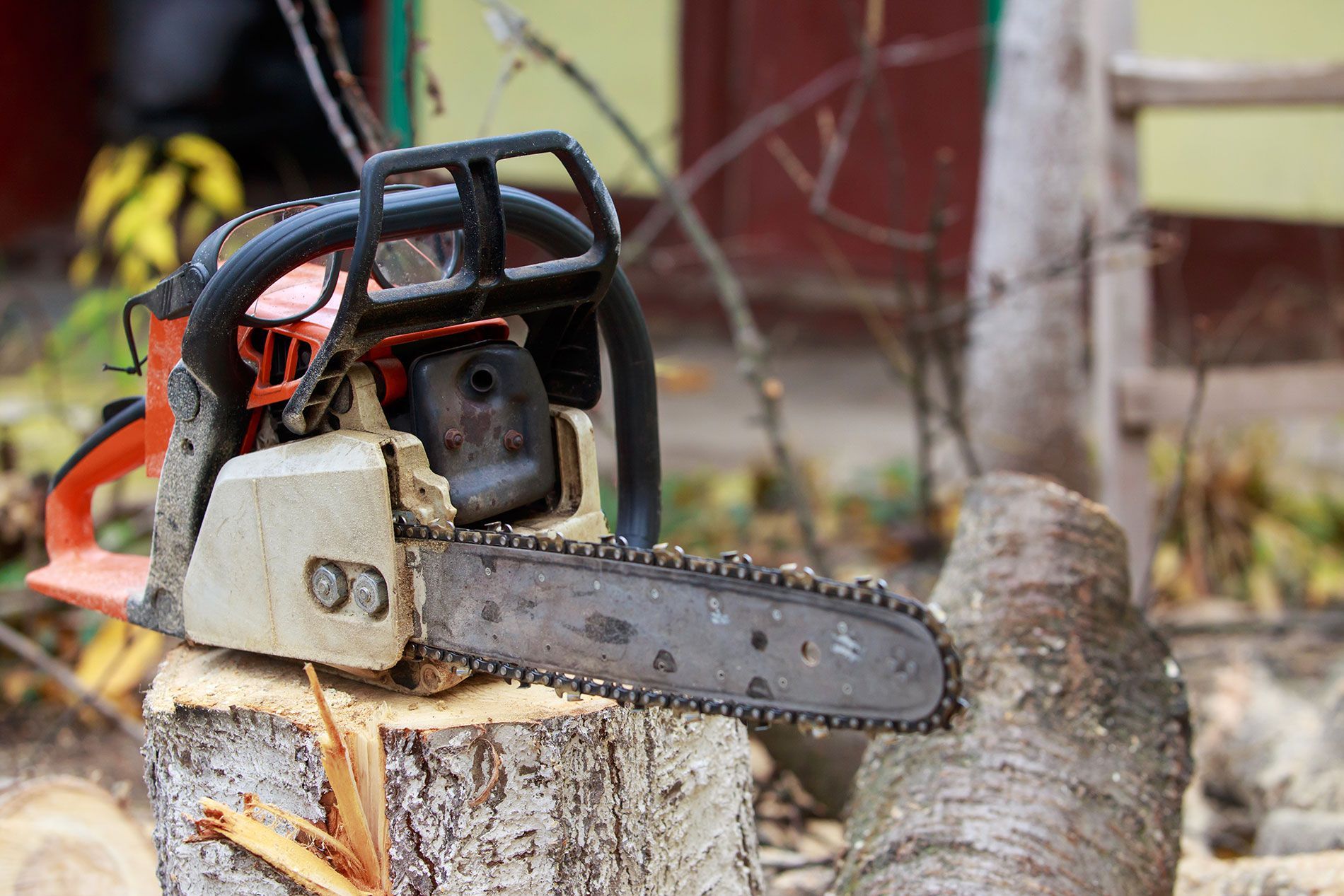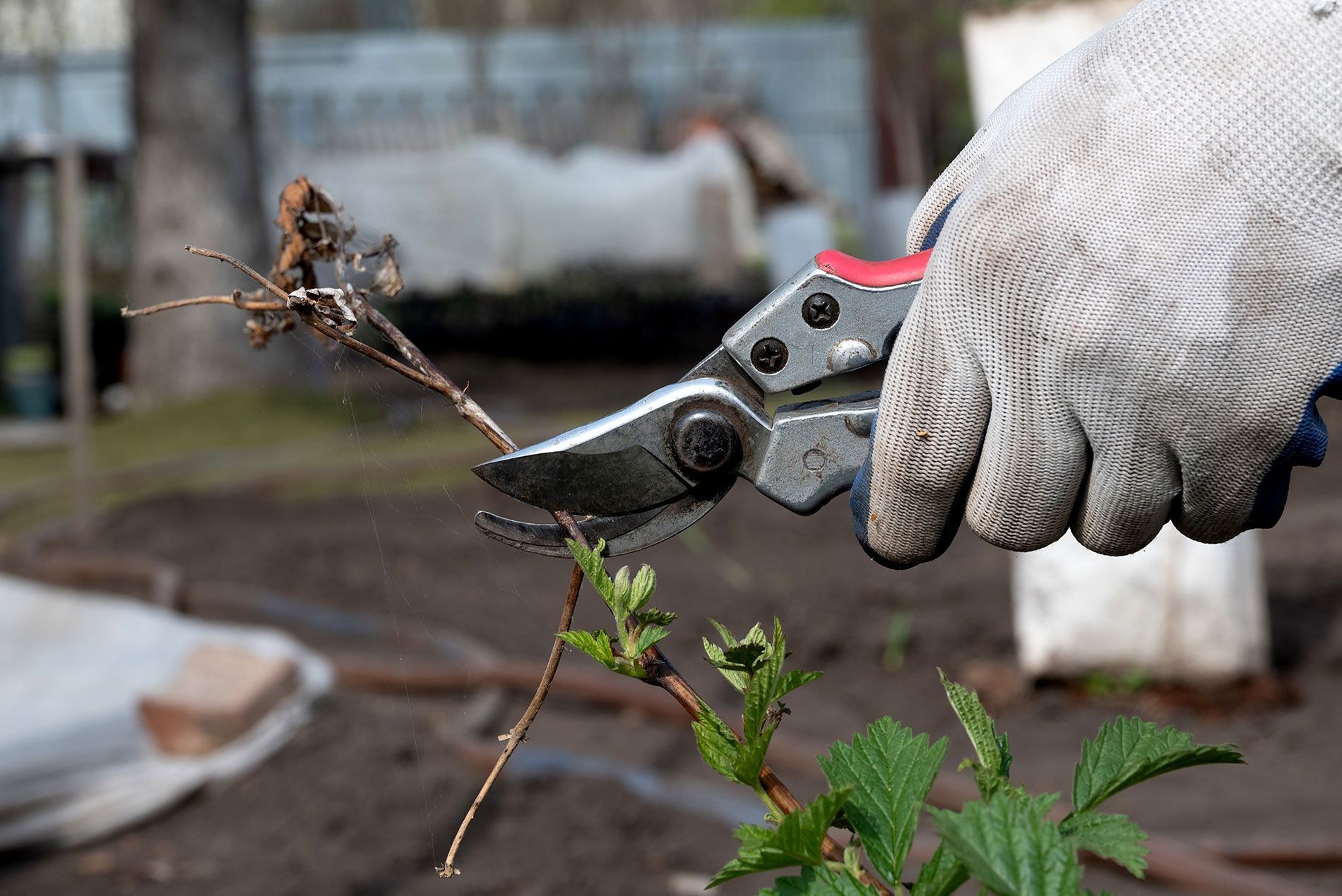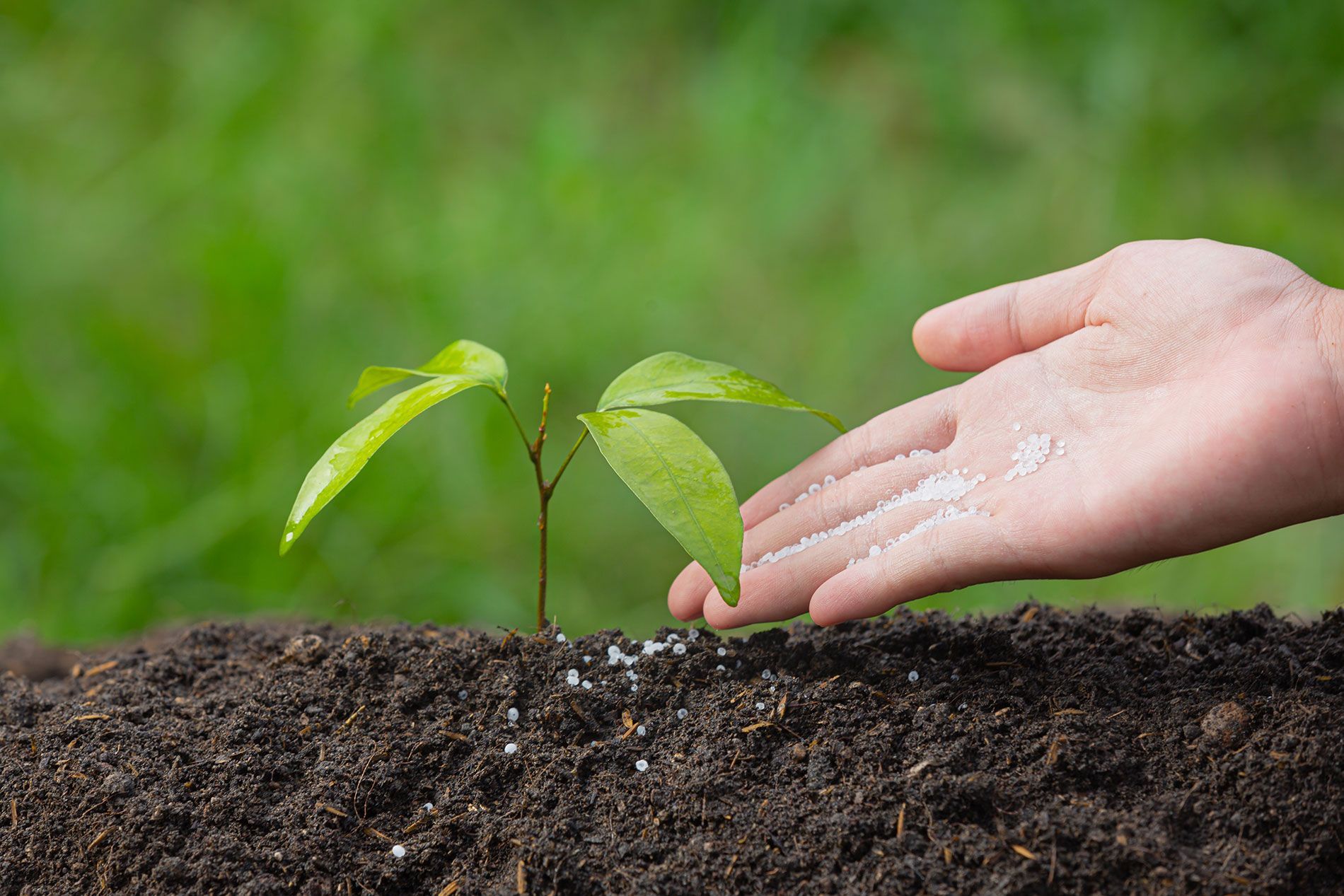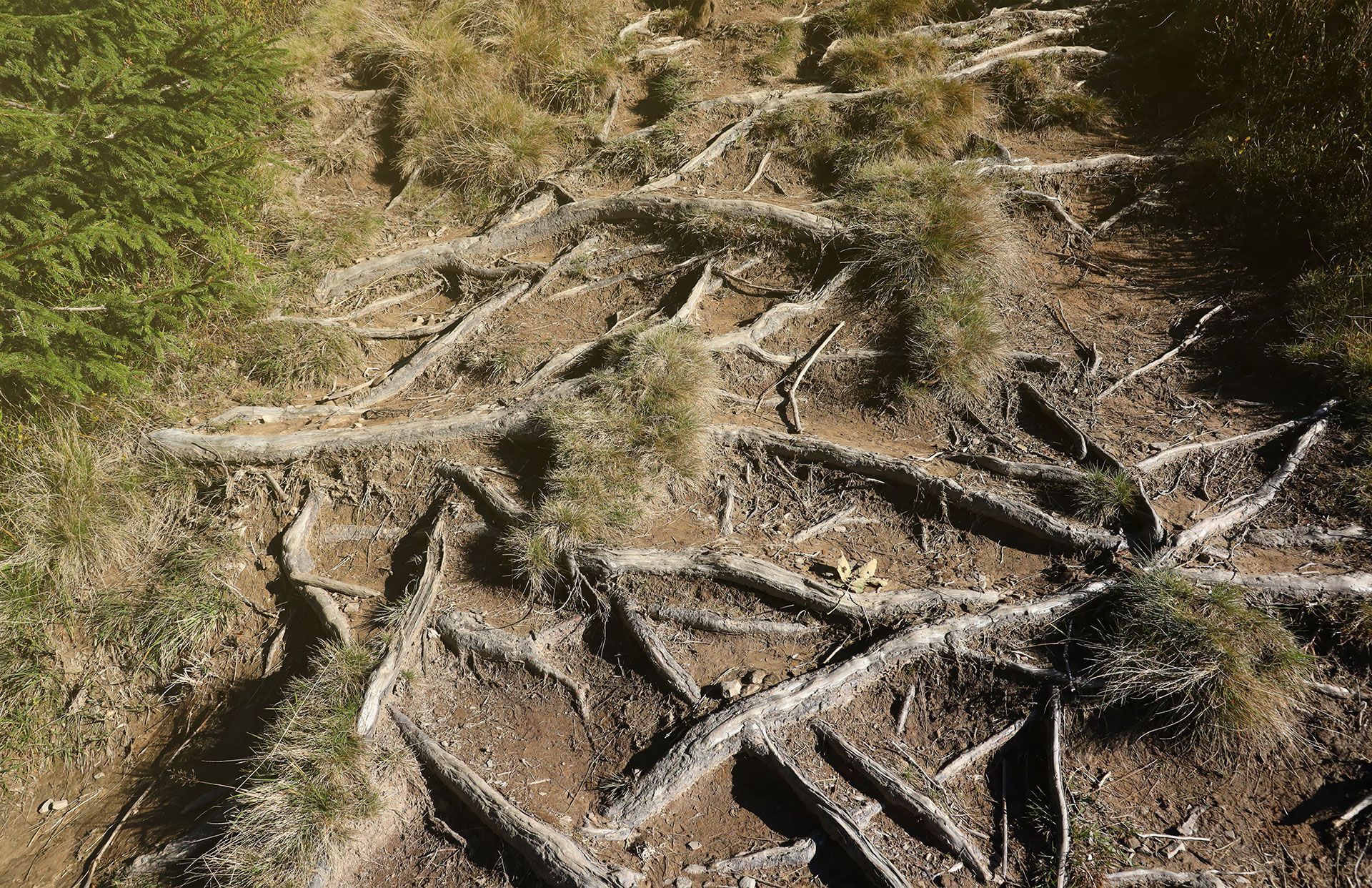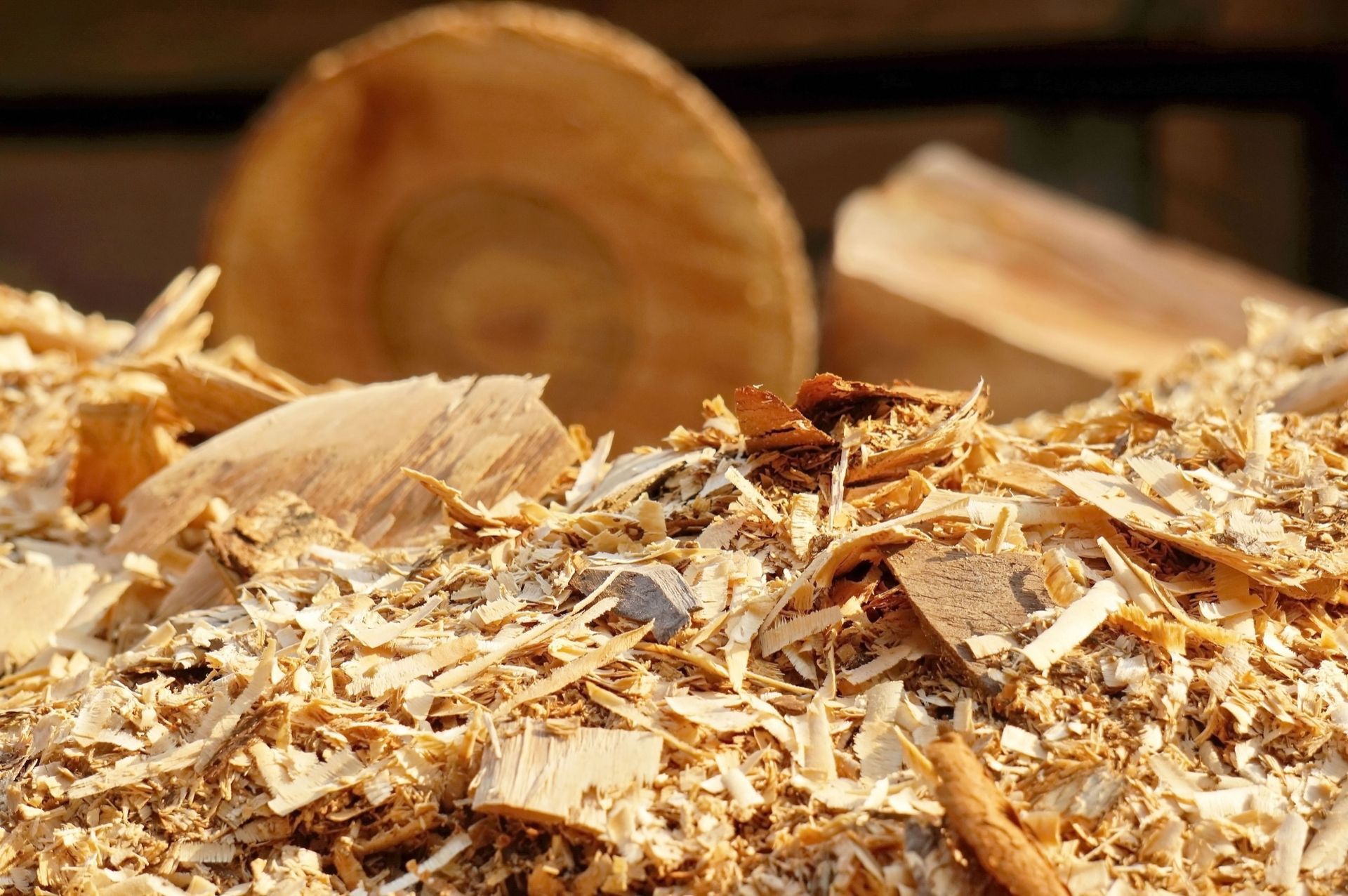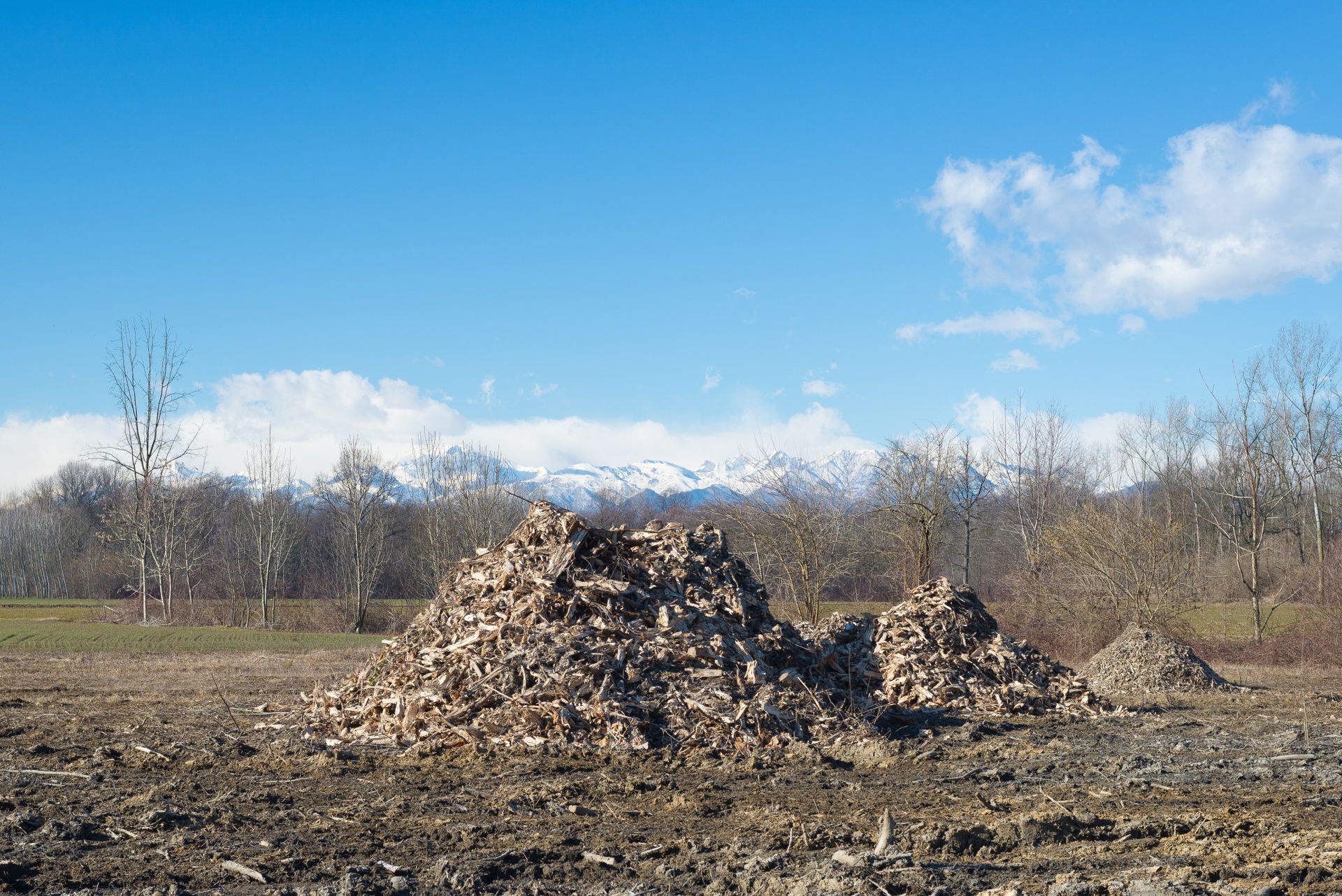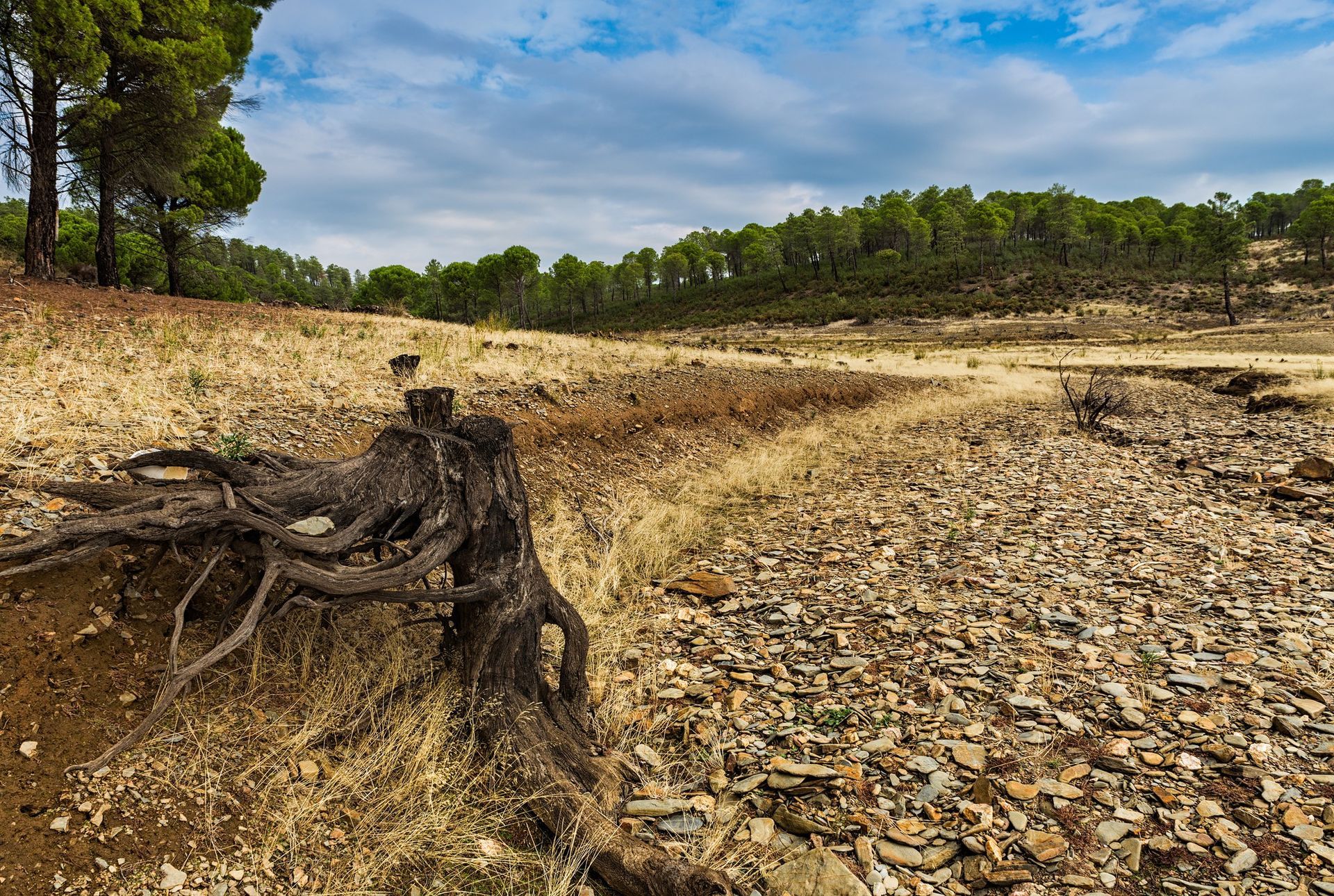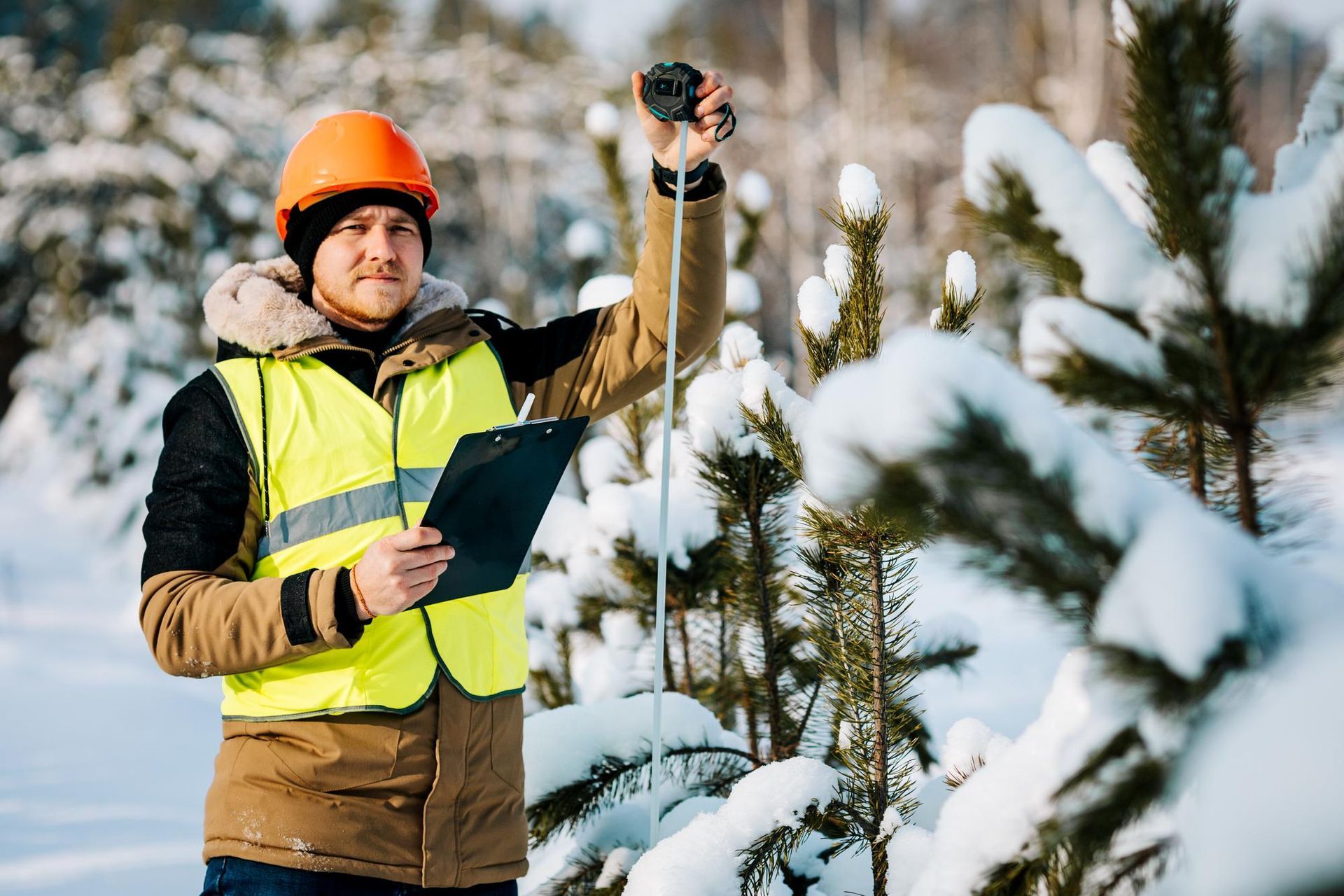Find Reliable Tree Service Near Me: Tips for Hiring Expert Local Providers
When it comes to maintaining the health and beauty of our trees, finding reliable tree service providers is essential. Whether you need tree removal, trimming, or emergency services, hiring local experts is the key to getting the job done right. In this blog post, we will explore the
importance of tree services, the need for local providers, and the benefits of hiring them. We will also provide valuable tips on how to find reliable tree service companies near you. So, if you're wondering, "Where can I find trustworthy tree service near me?" - keep reading to discover the answers.
Definition and Importance of Tree Services
Tree services encompass a range of tasks aimed at maintaining and enhancing the health, safety, and aesthetics of trees. It includes services such as tree removal, tree trimming, pruning, and emergency tree care. These services are vital for both residential and commercial properties, as trees contribute significantly to the overall beauty and environmental balance of our surroundings.
Proper tree care is essential to ensure the longevity and vitality of trees. Trees provide numerous benefits, including shade, improved air quality, and increased property value. However, they may also pose risks if not properly maintained. Overgrown trees can obstruct power lines, damage structures, or become hazardous during storms. Therefore, availing
professional tree services near you is crucial to address these concerns and promote the well-being of your trees and property.
Understanding the Need for Tree Services Near Me
When it comes to tree care, proximity is a key factor. Having reliable tree service providers near you offers several advantages. Firstly, local tree service companies are familiar with the specific tree species and environmental conditions in your area. This knowledge allows them to provide tailored services that are suited to the local ecosystem. Additionally, they are well-versed in the local regulations and permits required for tree removal or trimming, ensuring compliance with legal requirements.
Hiring local tree service providers also promotes promptness and efficiency. In case of
emergencies or urgent tree care needs, having professionals nearby means they can quickly respond to your call and mitigate any potential risks. Moreover, local providers have a reputation to uphold within the community, which often translates to exceptional customer service and satisfaction.
Benefits of Hiring Local Tree Service Providers
There are numerous benefits to hiring local tree service providers near you. Firstly, these professionals have extensive knowledge of the local tree species, climate, and soil conditions. This expertise enables them to offer specialized care and advice that is tailored to the specific needs of your trees. By understanding the intricacies of the local environment, they can identify potential issues, provide preventive measures, and offer personalized solutions for optimal tree health.
Furthermore, local tree service providers are well-versed in the regulations and permits required for tree care in your area. They understand the legalities involved in tree removal, trimming, and pruning, ensuring that the necessary permits are obtained and the work is conducted in compliance with local ordinances. This knowledge and adherence to regulations not only protect you from potential fines or legal issues but also contribute to the preservation of local tree populations.
Another advantage of hiring local tree service providers is their familiarity with the community. They have likely served numerous customers in your area, building a reputation based on trust, reliability, and quality workmanship. This local reputation ensures that you are working with professionals who have a vested interest in maintaining customer satisfaction and upholding their standing within the community.
In addition to their expertise and local knowledge, hiring local tree service providers also supports the local economy. By choosing local businesses, you contribute to the growth and sustainability of your community. These companies often employ local workers, invest in local resources, and contribute to the overall economic well-being of the area.
Finding Reliable Tree Service Providers Near Me
When it comes to finding reliable tree service providers near you, conducting thorough research is essential. With the abundance of options available, it's crucial to identify reputable companies that have the necessary experience, qualifications, and resources to handle your tree care needs effectively. Here are some steps you can take to find trustworthy tree service providers in your area:
Researching Local Tree Service Companies
One of the first steps in finding reliable tree service providers near you is conducting thorough research. Start by utilizing online directories and review websites that list tree service companies in your area. These platforms often provide valuable information such as company profiles, customer reviews, ratings, and contact details. Take the time to read through the reviews and assess the overall satisfaction level of previous clients.
Additionally, seek recommendations from family, friends, neighbors, or colleagues who have recently used tree services. Personal referrals can give you firsthand insights into the quality of work, professionalism, and customer service provided by a particular company. Word-of-mouth recommendations are often reliable and can help narrow down your options.
Another avenue to explore is local business associations or the Chamber of Commerce. These organizations often have directories or lists of reputable tree service providers in your area. Contacting them can provide you with a curated list of companies that have been vetted and meet certain criteria.
Evaluating the Reputation and Experience of Tree Service Providers
Once you have a list of potential tree service providers, it's important to evaluate their reputation and experience. Start by checking online reviews and ratings to get a sense of their track record. Look for consistent positive feedback and pay attention to any recurring complaints or issues raised by customers. This will give you an idea of the company's reliability and level of customer satisfaction.
In addition to online reviews, verify the licensing and insurance status of the tree service providers. It's crucial to work with companies that are properly licensed and insured to protect yourself from liability in case of accidents or damage during the tree care process. Request proof of insurance coverage and ensure that it includes both workers' compensation and liability insurance.
Assessing the years of experience and expertise of the tree service providers is also important. Look for companies that have been in business for a substantial amount of time and have a proven track record. Experienced tree service providers have likely encountered a wide range of tree care scenarios and can handle various challenges with ease.
Requesting and Comparing Multiple Quotes for Tree Services
To make an informed decision, it's essential to request and compare multiple quotes from different tree service providers. Reach out to the companies on your shortlist and provide them with detailed information about the services you require. Be clear about the scope of work, any specific tree care needs, and any other relevant details.
When comparing quotes, it's important to consider more than just the price. Look closely at the services offered, as well as any additional benefits or guarantees provided by the company. Ask about the equipment and techniques they use, as well as their safety protocols. Inquire about any warranties or guarantees they provide for their work.
Remember that the cheapest quote may not always be the best option. Consider the reputation, experience, and overall value offered by each company. Choose a tree service provider that offers a fair price while also demonstrating professionalism, expertise, and a commitment to customer satisfaction.
Common Tree Services Offered Near Me
When it comes to tree care, there are several common tree services that are often offered by professionals near you. These services are designed to address various tree-related needs, ensuring the health, safety, and beauty of your trees. Let's explore some of the most common tree services you can expect to find from local tree service providers:
Tree Removal Services
Tree removal is a crucial service offered by tree service providers near you. There are several reasons why tree removal may be necessary. Dead or diseased trees pose a threat to property and safety, as they can become weak and prone to falling during storms. Trees that have sustained extensive damage from pests, diseases, or severe weather may also need to be removed.
During the tree removal process, professionals utilize specialized equipment such as chainsaws, cranes, and ropes to safely bring down the tree. They carefully assess the tree's condition, plan the removal process, and ensure that the surrounding area and structures are not damaged during the operation. Once the tree is removed, the tree service provider will also handle the proper disposal of the tree debris, leaving your property clean and safe.
Tree Trimming and Pruning Services
Regular tree trimming and pruning are essential for maintaining the health and aesthetics of your trees. Tree trimming involves the selective removal of branches to shape the tree, promote proper growth, and eliminate any hazards. Pruning, on the other hand, focuses on removing dead, diseased, or damaged branches to improve the tree's overall health and vitality.
Tree service providers near you employ different trimming and pruning techniques, such as crown reduction, crown thinning, and crown raising, to achieve the desired results. They also ensure that the pruning cuts are made correctly to avoid unnecessary damage to the tree. By utilizing their expertise, tree service professionals can help enhance the structural integrity of the tree, improve air circulation, and reduce the risk of limb failure.
Tree Emergency Services
In emergency situations involving trees, it's crucial to have access to tree service providers who offer emergency services. Storms, high winds, or other unforeseen circumstances can cause trees to fall, resulting in property damage, power outages, or blocked roadways. During such emergencies, local tree service providers are equipped to respond quickly and efficiently to mitigate risks and ensure the safety of both people and property.
Emergency tree services involve the removal of fallen or damaged trees in a safe and efficient manner. Tree service professionals assess the situation, develop a strategic plan, and utilize specialized equipment to handle the emergency. They prioritize the removal of any immediate threats and work diligently to restore normalcy to the affected area.
By offering emergency services, tree service providers near you provide peace of mind, knowing that help is just a phone call away when unexpected tree-related emergencies occur.
Factors to Consider When Hiring Tree Services Near Me
When it comes to hiring tree services near you, there are several important factors to consider. These factors can help you make an informed decision and ensure that you choose a reliable and reputable tree service provider. Let's explore some key considerations when hiring tree services:
Safety Measures and Equipment
One of the most critical factors to consider when hiring tree services near you is the emphasis placed on safety. Tree care can be dangerous, and it's essential to work with professionals who prioritize safety protocols and have the necessary equipment to handle the job safely.
Ask potential tree service providers about their safety practices and protocols. Inquire about the safety training and certification of their crew members. A reputable tree service provider will prioritize safety, ensuring that their team follows industry best practices and uses the appropriate safety equipment, such as helmets, goggles, gloves, and harnesses. They will also have the necessary equipment, such as cranes, aerial lifts, and chainsaws, to handle any tree care task safely and efficiently.
Environmental Considerations
In today's environmentally conscious world, it's important to consider the environmental impact of tree services. Look for tree service providers who prioritize tree preservation and conservation efforts. Ask about their approach to sustainable tree care practices, such as using organic fertilizers, minimizing the use of harmful chemicals, and promoting the health and longevity of trees.
Additionally, inquire about their approach to tree debris disposal. A reputable tree service provider will have a plan in place to ensure that tree debris is properly recycled or disposed of in an environmentally responsible manner. They may have partnerships with local recycling centers or composting facilities to reduce waste and minimize the impact on the environment.
Customer Service and Satisfaction
Another crucial factor to consider when hiring tree services near you is the level of customer service and satisfaction provided by the company. Excellent communication and responsiveness are key indicators of a reputable tree service provider.
During the initial consultation or quote request, pay attention to how promptly the company responds to your inquiries and how well they address your concerns. A reliable tree service provider will take the time to understand your specific needs and provide detailed information about the services they offer.
Additionally, consider their track record of customer satisfaction. Look for testimonials or reviews from previous clients to gauge their level of professionalism, reliability, and overall customer satisfaction. A reputable tree service provider will have a history of positive feedback and a willingness to address any concerns or complaints promptly.
By considering these factors, you can confidently hire a tree service provider that prioritizes safety, environmental responsibility, and customer satisfaction, ensuring a positive experience and the best care for your trees.
Frequently Asked Questions about Tree Services Near M
When it comes to tree services near you, it's common to have questions about the process, cost, and other related aspects. To provide further clarity, let's address some frequently asked questions that individuals often have when seeking tree services:
How Much Does Tree Service Cost?
The cost of tree services can vary depending on factors such as the size of the tree, the complexity of the job, the location, and the specific services requested. Tree removal, for example, can range from a few hundred to several thousand dollars, depending on the size and condition of the tree.
It is recommended to obtain multiple quotes from different tree service providers to get a better understanding of the average cost in your area. However, keep in mind that choosing the cheapest option isn't always the best decision. Consider the reputation, experience, and overall value provided by each company to make an informed choice.
Do I Need Permission to Remove or Trim a Tree?
In many areas, you may need permission or a permit to remove or trim trees, especially if they are protected or located on public property. Regulations and requirements regarding tree removal and trimming vary, so it's important to check with your local government or municipality to determine the specific rules and regulations in your area.
Working with a reputable tree service provider can help navigate the permit process, as they will be familiar with the local regulations and can assist in obtaining the necessary permissions.
How Often Should I Trim or Prune My Trees?
The frequency of tree trimming or pruning depends on various factors, including the tree species, its growth rate, and the desired outcomes. Generally, it is recommended to have routine tree trimming every 3-5 years to maintain the health, shape, and safety of the tree. However, certain trees may require more frequent trimming, such as fast-growing species or those with specific aesthetic requirements.
It's best to consult with a professional tree service provider who can assess your trees and provide personalized recommendations based on their specific needs.
What Should I Do in Case of a Tree Emergency?
In the event of a tree emergency, such as a fallen or damaged tree, the first step is to ensure the safety of yourself and others. Stay away from the affected area and contact a local tree service provider that offers emergency services immediately.
Avoid attempting to remove or handle the fallen tree on your own, as it can be dangerous. The trained professionals will have the expertise and equipment to assess the situation, safely remove the tree, and restore the affected area.
Can Tree Service Providers Help with Stump Removal?
Yes, many tree service providers offer stump removal services. Stump removal involves getting rid of the remaining portion of a tree after it has been cut down. This process requires specialized equipment such as stump grinders, which can efficiently grind the stump into small wood chips.
Removing stumps not only improves the aesthetics of your property but also eliminates potential tripping hazards and prevents new tree growth from the old stump. When hiring a tree service provider, inquire about their stump removal capabilities and any additional charges associated with this service.
By addressing these frequently asked questions, you can gain a better understanding of tree services near you and make informed decisions when it comes to the care and maintenance of your trees.
Conclusion
In conclusion, when it comes to tree services near you, it's crucial to find reliable and reputable tree service providers who prioritize safety, have the necessary expertise, and offer a range of services to meet your specific needs. For those in Columbia Falls, MT, Big Mountain Tree Service stands out as a top recommendation. With a commitment to excellence, safety, and customer satisfaction, they can be reached at 406-261-2042 for all your tree service requirements.
Common tree services offered by professionals near you include tree removal, tree trimming, and emergency services. Big Mountain Tree Service, with its expert team, provides these and more, ensuring the health, safety, and aesthetics of your trees and property. Whether you need a tree removed, pruned, or require assistance during a tree-related emergency, turning to a local expert like Big Mountain Tree Service ensures the job is handled with the utmost professionalism.
When hiring tree services near you, consider factors such as safety measures, environmental considerations, and customer service. Big Mountain Tree Service stands out by prioritizing safety protocols, employing sustainable practices, and consistently delivering excellent customer service. This commitment not only ensures the well-being of your trees but also provides you with a positive experience.
Furthermore, it's important to address frequently asked questions about tree services, such as the cost, permission requirements, tree trimming frequency, handling tree emergencies, and
stump removal. Collaborating with a trusted provider like Big Mountain Tree Service can help clarify these concerns, guiding you to make the most informed decisions and ensuring the best care for your trees.
In conclusion, hiring tree services near you is a valuable investment in the health, safety, and beauty of your trees and property. By selecting a top-tier provider like Big Mountain Tree Service and considering the factors discussed, you can ensure the best outcomes and fully appreciate the numerous benefits that well-maintained trees bring to your landscape.
